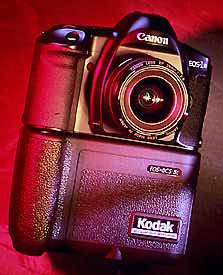
Kodak's Nikon-based solution is a larger image sensor with more pixels, the M6 chip, which also improves image quality. Nikon and Fuji share their own solution, Nikon body based, which relays the image through a secondary optical system and reduces the full frame on to the sensor, at a slight expense in quality terms.

Now there is a third solution in the form of the first Kodak collaboration with Canon, the EOS DCS-3 and DCS-5c models, based on an EOS-1n body fitted with a slightly larger than average 16.4 x 20.5mm medium resolution CCD capable of very fast dumping of image data into a buffer store. This camera provides a reasonable wide-angle facility, as the 35mm lens is more or less equal to a 50mm on full frame and Canon�s range includes a good, affordable 14mm ultra-wide which performs like a 20mm when used on the EOS DCS-3. It also provides sports photographers, increasingly dependent on Canon hardware, with an acceptable 2.7 frames per second firing rate in bursts of up to 12 frames.
The EOS DCS-3 uses PCMCIA removable miniature hard disk cards, currently available in sizes up to 170Mb. A disk card can be swapped in a couple of seconds, so the 72 frame storage capacity of a couple of affordable 131Mb disk-cards enables very intensive shooting if a suitably equipped portable Mac is available to read the images off the card drives. The camera's batteries handle up to 1,000 frames between charges.
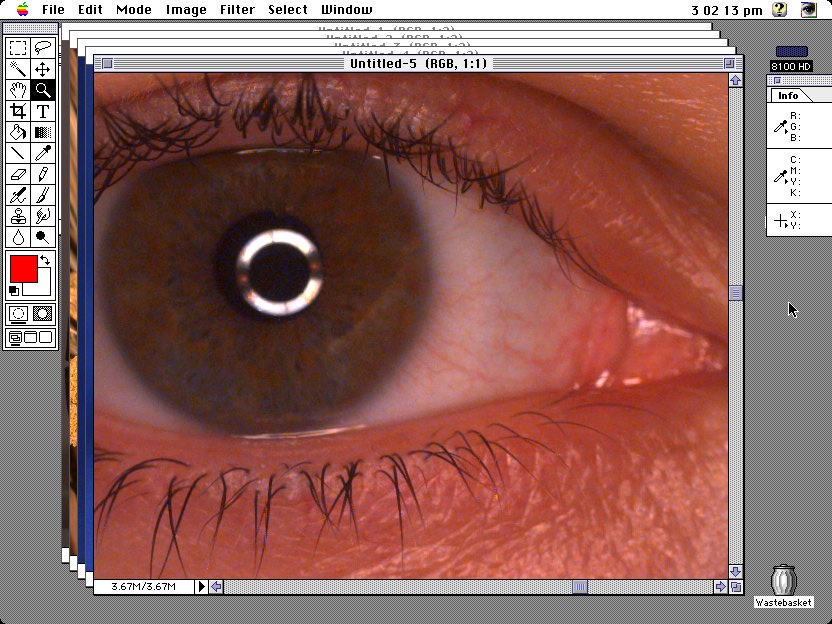
The disk capacity seems to imply a very small file size - no more then 1.5Mb - and in raw data terms this is true. Like previous Kodak DCS sensors, the CCD uses a regular balanced pattern of RGB filtered pixels. If this was reproduced directly, the image would show a strong tartan effect when enlarged. The DCS-3 plug-in software, which works with Photoshop 2.0.1 or higher to recover the pictures from the raw format, interpolates using a special algorithm which increases the file size to 3.5Mb RGB or 4.5Mb CMYK. There is no apparent degradation of sharpness (see acquisition in progress for a series of images, on a 17" screen, above) and the pixel colour pattern is reduced to a level where noise is only apparent in darker areas with the sensitivity turned right up. The enlargement below will give some idea of the quality involved.
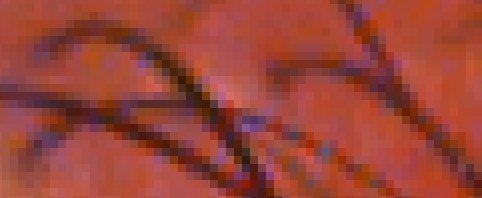
Tonal quality is improved by 12-bit A to D conversion, handled automatically in the camera, partly on the basis of main exposure and flash compensation settings. On the basis of a few quick shots taken at Focus on Imaging '95, and Canon�s UK sample files (reproduced here) the main difficulty lies in increasing the 'snap' without losing detail. Imported to Photoshop, the files are very flat, and require some afterwork for reproduction. Canon UK�s own brochure is not the best example.
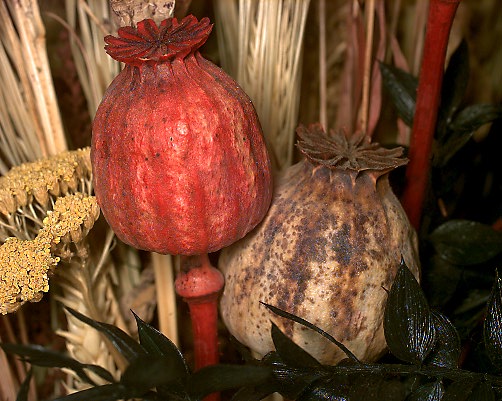
Above: the EOS DCS-3 plug-in for Photoshop allows optimisation for flash (EF 50mm macro, 1:2 repro, TTL flash, 1/200 at f9.5, Macrolite ML3, one tube off).
Hopefully, our reproductions will show how the images can be adjusted for much better quality (above), and how large you can go with these very compact file sizes. The image below is a typical size and quality of file from a still life:
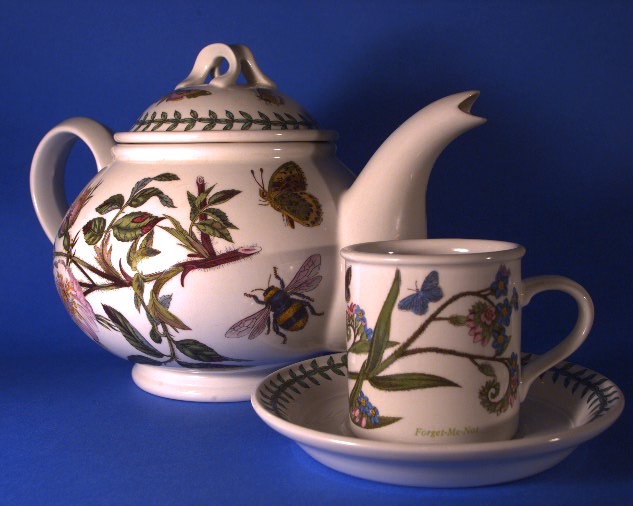
The same file can be interpolated up to a half-page high resolution litho reproduction, which we have tested in practice in PHOTOpro with excellent results. Here is a detail:
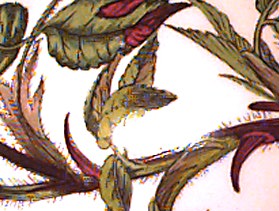
Above: the 3.5Mb can be interpolated upwards in Photoshop, here providing a very acceptable catalogue quality image of 6.7Mb at 250dpi resolution. No adjustments made to image; shot using three Speedlite 540EZ units, two of these used off-camera.
You can store the pictures in their raw 1.5Mb data form as an archive, and Canon very ably demonstrated how the �2,500 Kodak CD writing drive with Astarte Toast Pro software can do this with no technical overload in five minutes on to archival CD ROMs.
The camera was a pleasure to use; it was entirely intuitive, needing only the familiarity which any SLR user might have with an AF SLR, and every single auto-exposed, auto-focused snap came out fine (see our Focus report). The extension of digital imaging from a purely Nikon market to reach the great number of Canon-based professionals is bound to accelerate greatly the process of change from silver film to silicon in news, advertising, catalogue and applied fields.